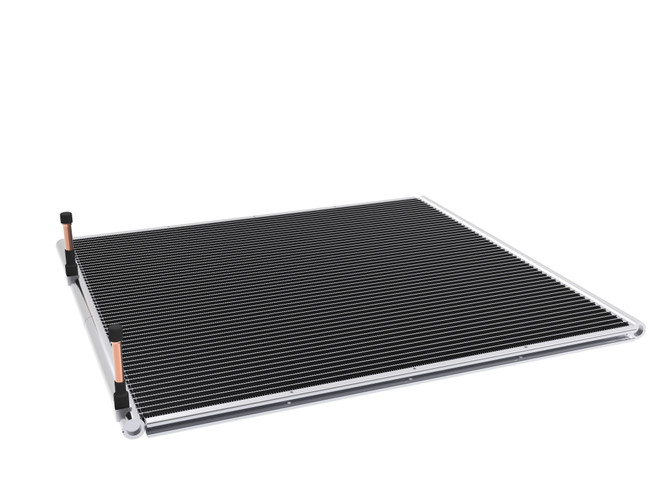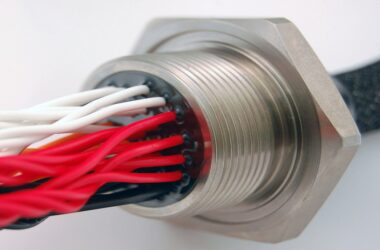In the realm of electronics, effective heat dissipation is critical to ensure the optimal performance and longevity of devices. As electronic components become increasingly powerful and compact, managing the heat they generate becomes a significant challenge. Among the advanced solutions for this challenge is the microchannel heat exchanger, a technology that offers superior heat transfer capabilities essential for modern electronics. This article delves into the science behind effective heat dissipation and the role of microchannel heat exchangers in achieving efficient thermal management.
Understanding Heat Generation in Electronics
Electronic devices, from smartphones to high-performance computing systems, generate heat during operation. This heat results from the electrical resistance of components as they process signals and perform computations. The higher the performance of the device, the more heat it generates. If this heat is not efficiently dissipated, it can lead to overheating, which in turn can cause thermal throttling, reduced performance, and even permanent damage to the components.
The Role of Heat Dissipation
Effective heat dissipation involves transferring heat away from the heat-generating components to prevent overheating. This is typically achieved using various cooling methods and devices, such as heat sinks, fans, liquid cooling systems, and heat exchangers. The goal is to maintain the temperature of the components within safe operating limits to ensure reliability and performance.
Principles of Heat Transfer
The science of heat dissipation in electronics relies on three fundamental modes of heat transfer: conduction, convection, and radiation.
- Conduction: Conduction is the transfer of heat through a solid material. In electronics, heat is often conducted away from hot components to a cooler area using materials with high thermal conductivity, such as copper or aluminum. The efficiency of conduction depends on the thermal conductivity of the material and the temperature gradient between the heat source and sink.
- Convection: Convection involves the transfer of heat through a fluid (liquid or gas). In electronic cooling, convection is often enhanced by using fans to increase the airflow over heat sinks or using liquid cooling systems to circulate coolant over hot components. The rate of heat transfer through convection depends on the fluid’s properties and the surface area of the components.
- Radiation: Radiation is the transfer of heat in the form of electromagnetic waves. While not the primary mode of heat dissipation in most electronic systems, radiation can contribute to overall heat management, particularly in environments where conduction and convection are less effective.
Microchannel Heat Exchangers: Advanced Heat Dissipation
Microchannel heat exchangers represent a significant advancement in the field of thermal management for electronics. These devices are designed with numerous small, parallel channels that maximize the surface area available for heat transfer. Here’s how they contribute to effective heat dissipation:
- Enhanced Surface Area: The small channels in a microchannel heat exchanger increase the surface area in contact with the heat-generating components and the cooling fluid. This enhancement allows for more efficient heat transfer through both conduction and convection.
- Efficient Fluid Dynamics: The design of microchannel heat exchangers ensures efficient fluid dynamics, with the coolant flowing through the channels in a manner that maximizes heat absorption and transfer. This efficiency is crucial in maintaining optimal temperatures in high-power electronic devices.
- Compact and Lightweight: Microchannel heat exchangers are compact and lightweight, making them ideal for integration into modern electronic devices where space and weight are critical constraints. Their small footprint allows for effective cooling without adding significant bulk to the device.
- High Thermal Conductivity Materials: Typically made from materials like aluminum, which has high thermal conductivity, microchannel heat exchangers are highly effective at conducting heat away from electronic components. This property ensures rapid heat dissipation and maintains component temperatures within safe operating limits.
Conclusion
The science behind effective heat dissipation in electronics is rooted in understanding and optimizing the modes of heat transfer: conduction, convection, and radiation. Microchannel heat exchangers offer an advanced solution to thermal management challenges, providing enhanced surface area, efficient fluid dynamics, and compact design. By integrating microchannel heat exchangers into electronic systems, manufacturers can achieve superior heat dissipation, ensuring the reliability and performance of their devices. As electronic technology continues to evolve, the role of innovative cooling solutions like microchannel heat exchangers will become increasingly vital in meeting the thermal management needs of high-performance electronics.






